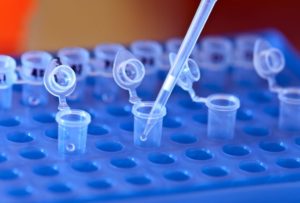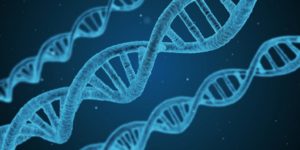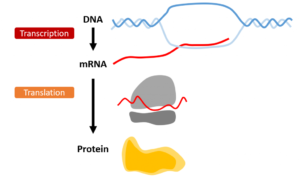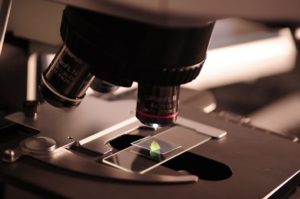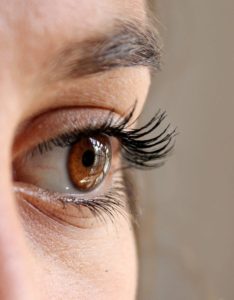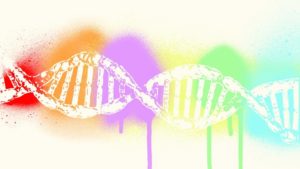
Les yeux, des fenêtres pour voir la fonction cérébrale dans les ataxies spinocérébelleuses
Écrit par Dr Sriram Jayabal, Édité par Dr David Bushart, Traduction française par: L’Association Alatax, Publication initiale: 20 décembre 2019 Les déficits de mouvement oculaire se produisent de manière omniprésente dans les ataxies spinocérébelleuses, même aux premiers stades de la maladie, soulignant leur importance clinique. Imaginez les différents mouvements moteurs Read More…


